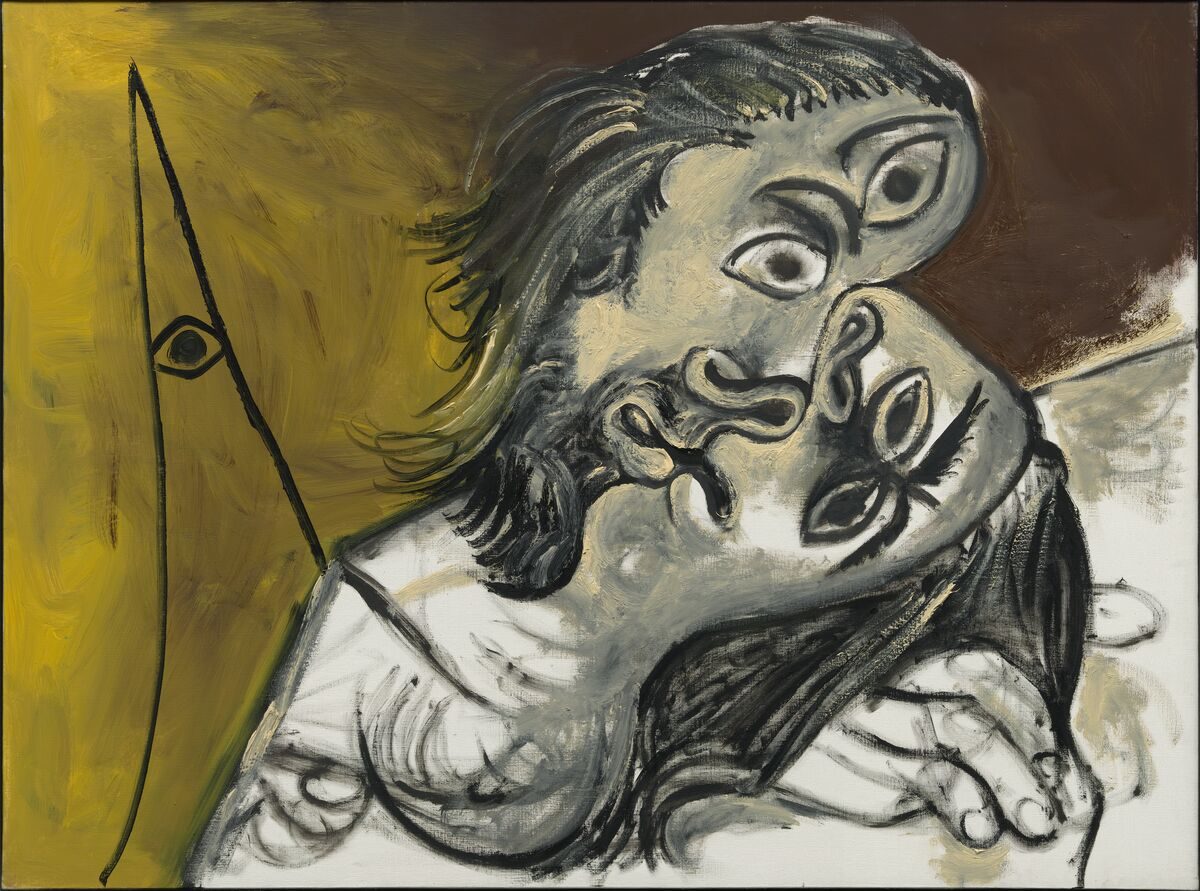The exhibition is the first time that Picasso is exhibited in a dual dialogue with a female sculptor and brings together over 90 works including paintings, sculptures and works on paper from important public institutions and private collections such as the Fondation Beyeler (Riehen/Basel), Nasher Sculpture Center (Dallas), Kunstmuseum Den Haag (Hague), and the Museu Picasso (Barcelona). Curated by highly renowned specialist Marie-Laure Bernadac, former curator at the Louvre, Picasso Museum, and Centre Pompidou, the exhibition is organised in close collaboration with the Louise Bourgeois Studio.
The aim of the exhibition is to foster a discourse on the work of Bourgeois and Picasso by exploring the differences and affinities in the artists’ formal, thematic and iconographic language. The presentation will display intentional pairings of works, ‘by placing these artists together for comparative analysis, this exhibition sheds new light on their oeuvres and rids us of the clichés of the virile painter armed with a phallic brush and the sculptress armed with a knife,’ explains curator Marie-Laure Bernadac. The original inspiration for the pairing came from an exhibition organised by the Beyeler Foundation in 2011, curated by Ulf Küster, which presented works by Bourgeois in dialogue with works by modern masters from the Beyeler collection confirming the artist’s position as one of the key bridges between modern and contemporary art.
This exhibition takes ‘the couple’ as its guiding theme, a de facto marriage of these two artists yet also an allusion to subjects crucial to them: man and woman, sexuality, pregnancy, and maternity. While Bourgeois and Picasso embody different conceptions of the artist-type, and do not have a formal affinity or similar sensibility, they share an interest in the topic of sexuality. What Bourgeois said of herself could equally apply to Picasso: ‘…my centre is my sexuality. Everything lies there. It is the fixed point.’ Louise Bourgeois and Pablo Picasso never met. They belonged to different generations, Picasso being born in the late nineteenth century (1881–1973), and Bourgeois in the early twentieth century (1911–2010). While Bourgeois amply knew and admired Picasso’s work – she once claimed a Picasso exhibition in New York ‘revealed such genius and such a collection of treasures that I did not pick up a paintbrush for a month’ – it would seem that Picasso never saw her work, which was almost totally unknown in France in the 1960s and 1970s.
However, there are striking similarities between their biographies and artistic approaches. Both Bourgeois and Picasso were precocious children, raised in the artistic atmosphere of a family workshop, who developed an obsession with collecting and archiving personal items. They believed in the power of the word and produced an abundant poetic output: Picasso’s was voluminous and calligraphic, Bourgeois’ was obsessively diaristic, yet also visual and literary. Both artists also felt that art is profoundly autobiographical and saw their output as a form of physical incarnation and also took recourse to archaic, primitive sources of creativity. These subjects were handled in varied ways throughout their careers. The artists deciphered and developed their ideas of around fertility, represented by mother deities although here the marked divergence can be seen in Bourgeois’ nuanced and ambivalent portrayals of the mother figure.
A new publication by Hauser & Wirth Publishers, entitled ‘Louise Bourgeois & Pablo Picasso: Anatomies of Desire’, coincides with the exhibition and further develops the thought-provoking discourse on these artists’ work. The publication builds upon the complex conversation about gender this exhibition sparks, with newlycommissioned texts by exhibition curator Marie-Laure Bernadac (former curator at the Louvre, Picasso Museum, and Centre Pompidou), Émilie Bouvard (art historian and curator), Jerry Gorovoy (President of Louise Bourgeois’s Foundation, The Easton Foundation), Ulf Küster (curator at the Fondation Beyeler), Gérard Wajcman (psychoanalyst and writer), and Diana Widmaier Picasso (art historian).
The exhibition is part of a programme of Hauser & Wirth activities coinciding with Zurich Art Weekend. A new global headquarters for Hauser & Wirth Publishers on Rämistrasse, in the heart of Zurich’s cultural district, opens on Saturday 8th June with a book launch for ‘Louise Bourgeois & Pablo Picasso. Anatomies of Desire’. Also opening is an exhibition at Hauser & Wirth Zürich entitled ‘max bill. bauhaus constellations’ curated by Dr Angela Thomas Schmid, President of the Max Bill Georges Vantongerloo Stiftung.





